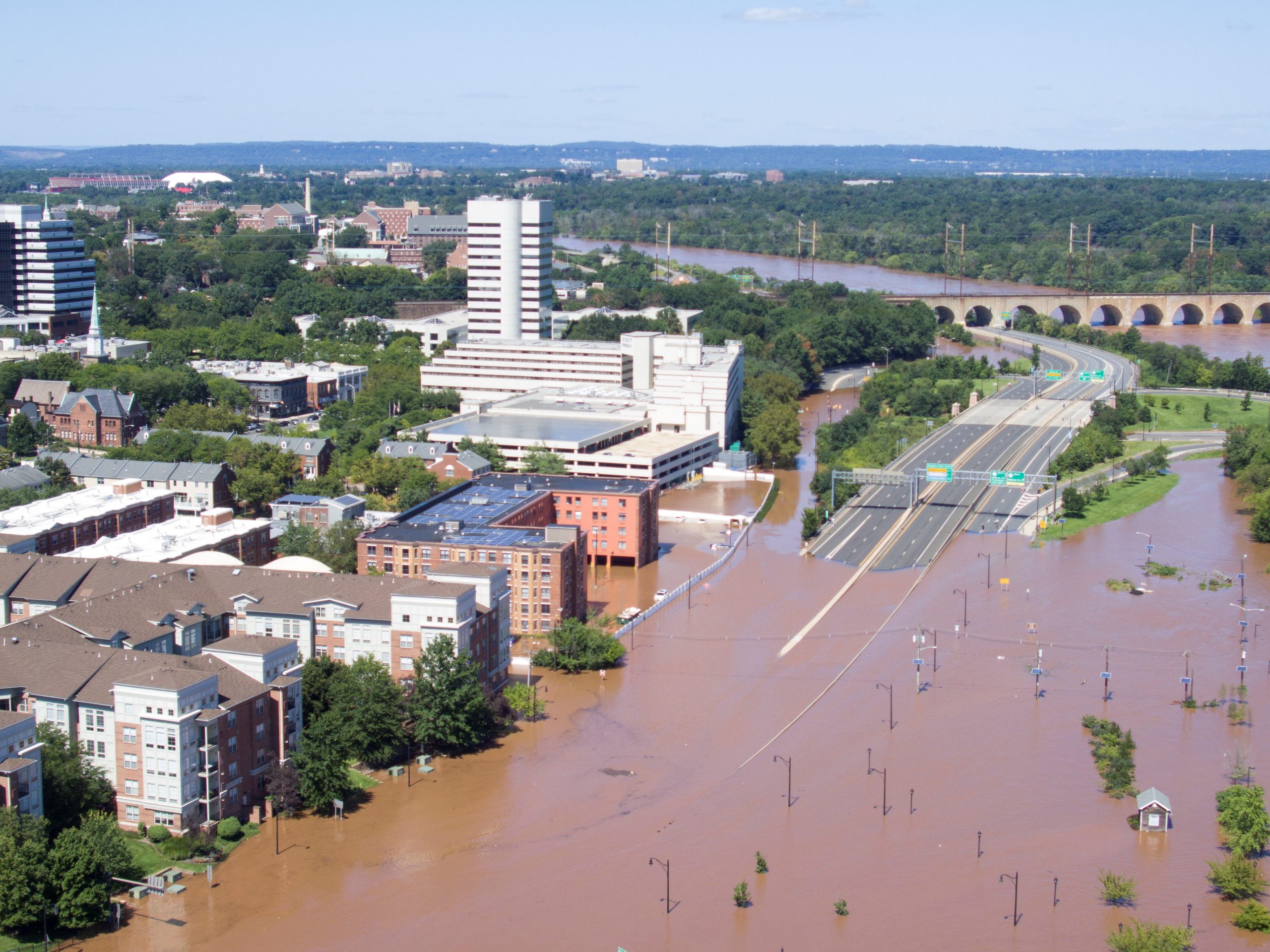
[elfsight_social_share_buttons id=”1″]
Flooding killed at least 21 people, swept away cars, submerged subway lines and temporarily grounded flights in New York and New Jersey as the remnants of Hurricane Ida brought torrential rains to the region.
Emergency responders in rafts rescued people trapped in their homes and cars on Thursday. Some streets remained so badly flooded they resembled rivers.
Throughout much of the Northeast, residents woke to water-logged basements, power outages, damaged roofs and calls for help from friends and family members stranded by the sudden, ferocious rains.
Among the fatalities, three people were found dead in a basement in the New York City borough of Queens, while four residents of Elizabeth, New Jersey, perished at a public housing complex that city spokesperson Kelly Martins said was “flooded out with eight feet of water.”
Roadways turned treacherous in minutes as the storm tore through the region, trapping drivers in quickly rising floodwaters. In Somerset County, New Jersey, at least four motorists were killed, officials said.
“Sadly, more than a few folks have passed as a result of this,” New Jersey Governor Phil Murphy said at a briefing in Mullica Hill in the southern part of the state, where a tornado ripped apart several homes.
The hit to the Middle Atlantic region came three days after Ida, one of the most powerful hurricanes ever to strike the U.S. Gulf Coast, devastated southern Louisiana, destroying entire communities.
In Conshohocken, a suburb of Philadelphia, the Schuykill River inundated hotels, warehouses and condominiums that line the river. Emergency squads on Thursday were waiting for the waters to recede before starting evacuations of possibly hundreds of people who live in nearby apartments, according to officials.
RECORD-BREAKING RAIN
Ida‘s remnants brought six to eight inches (15 to 20 cm) of rain to a swath of the Northeast from Philadelphia to Connecticut and set an hourly rainfall record of 3.15 inches for Manhattan, breaking one set less than two weeks ago, the National Weather Service said.
The 7.13 inches of rain that fell in New York City on Wednesday was the city’s fifth-highest daily amount, it said.
New York officials blamed much of flooding on the high volume of rainfall in a short space of time, rather than the daily total, which was within predictions.
“Because of climate change, unfortunately, this is something we’re going to have to deal with great regularity,” said Kathy Hochul, New York’s newly minted governor.
The number of disasters, such as floods and heat waves, driven by climate change has increased fivefold over the past 50 years, according to a report released earlier this week by The World Meteorological Organization, a U.N. agency.
U.S. President Joe Biden said on Thursday said the federal government stood ready to provide “all the assistance that’s needed.”
The governors of New York and New Jersey, who declared emergencies in their states on Wednesday, urged residents to stay home on Thursday as crews worked to clear roadways and restore service to New York City subways and commuter rail lines serving millions of residents.
“Right now my street looks more like a lake,” said Lucinda Mercer, 64, as she peered out her apartment window in Hoboken, New Jersey, just across the Hudson River from New York.
Mercer, who works as a crisis line fundraiser, said flood waters were lapping halfway up the hub caps of parked cars.
Subway service in New York City remained “extremely limited” and was not likely to be restored until later in the day, the Metropolitan Transit Authority said. Commuter rail to the city’s northern suburbs, most New Jersey Transit rail services and Amtrak passenger service between Philadelphia and Boston were canceled. About 370 flights were canceled at New Jersey’s Newark Liberty Airport.
Copyright 2021 Thomson/Reuters
